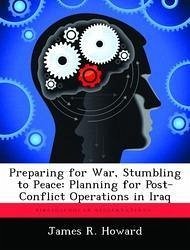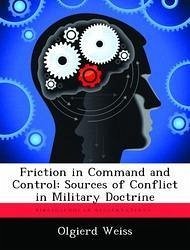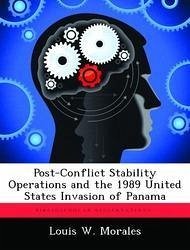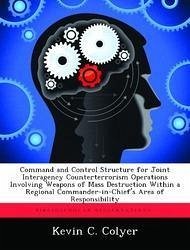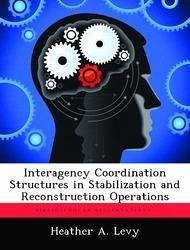
Blurred Strategy: Collaborating Civil-Military Interagency Doctrine for Post Conflict Operations
Versandkostenfrei!
Versandfertig in über 4 Wochen
52,99 €
inkl. MwSt.

PAYBACK Punkte
26 °P sammeln!
The premise for this study evolved during Operation IRAQI FREEDOM (OIF). It stems from a perception that the combat plan for the Coalition force invasion worked brilliantly but noticeably absent was a detailed plan for transitioning to peace. This study conducts a thorough review of the current joint military doctrine and the interagency policy and guidance relevant to post-conflict operations, complex contingency and Military Operations Other Than War (MOOTW). It includes a case study of the formal USG civil-military interagency planning effort for OIF's post-conflict operations. It creativel...
The premise for this study evolved during Operation IRAQI FREEDOM (OIF). It stems from a perception that the combat plan for the Coalition force invasion worked brilliantly but noticeably absent was a detailed plan for transitioning to peace. This study conducts a thorough review of the current joint military doctrine and the interagency policy and guidance relevant to post-conflict operations, complex contingency and Military Operations Other Than War (MOOTW). It includes a case study of the formal USG civil-military interagency planning effort for OIF's post-conflict operations. It creatively employs a gap analysis research strategy in concert with a case study methodology, the research addresses its primary research question: Is joint military doctrine sufficiently robust to be adopted by the USG civil-military planning community as the framework for developing a single integrated doctrine for planning complex contingency and post-conflict operations? Several factors are cited as contributing reasons for the lack of a robust post-conflict plan: strategical errors by the Bush Administration, poor coordination between USG civil-military interagency planners, and the lack of a solid planning framework for complex contingency and post-conflict operations. The research concluded that a fundamental impediment to planning is fact that its departments and agencies do not focus and coordinate their activities effectively. There are a number of reasons degrading the integrated effort: unfamiliarity, ineffective coordination structures, incompatible approaches, under developed lines of responsibility, incompatible architecture, organizational dogmas, and resource constraints. This study recommends that civil-military planners establish a solid and well-resourced planning framework that includes well-defined lines of coordination, a collaborative architecture, a means for continuous professional education and training, and a single common integrated doctrine. The proposed f



